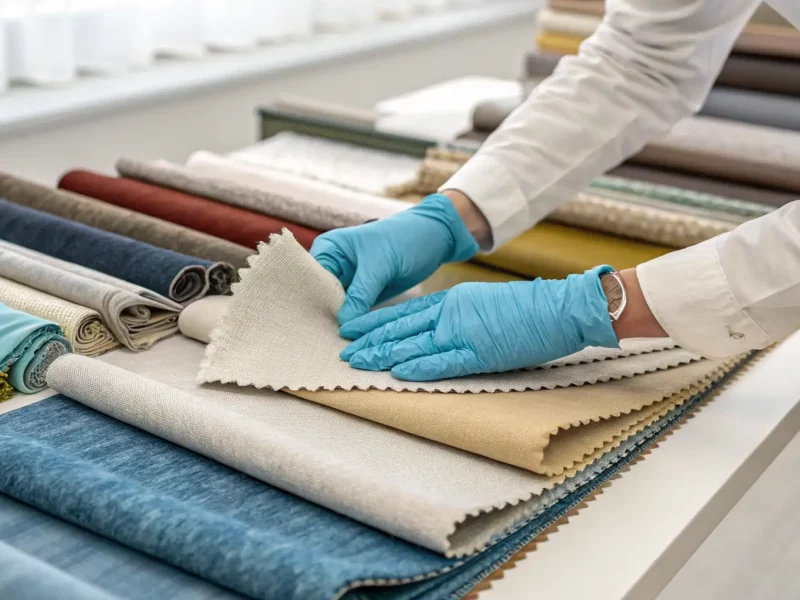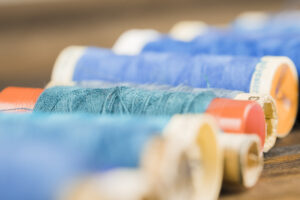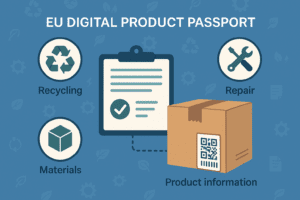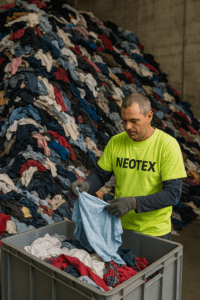Reuse is a critical component of Neotex’s textile recycling strategy, helping us to minimize waste, conserve resources, and reduce the overall environmental impact of textile production. Proper sorting and inspection of textiles for potential reuse are among the first and most essential steps in our recycling process. This meticulous approach ensures that reusable materials are identified and preserved, allowing us to maximize their value before initiating the recycling process.
A Key Step in Reducing Waste
The textile industry is one of the largest contributors to global waste, with approximately 92 million tons of textile waste generated every year. In Denmark alone, nearly 30,000 tons of textiles are discarded annually. Despite this massive waste generation, less than 1% of the total global textile waste is recycled into new garments. Much of the remaining waste either ends up in landfills or is incinerated, contributing to both environmental pollution and lost material resources.
At Neotex, we are focused on reducing this volume by prioritizing the reuse of textiles. By carefully sorting through materials, our team ensures that reusable items are preserved and set aside for future use. This not only minimizes the volume of materials that require processing through energy-intensive recycling methods but also conserves valuable resources such as water and energy. In fact, by reusing textiles, we can reduce the demand for virgin raw materials, which in turn helps mitigate the environmental impact of textile production.
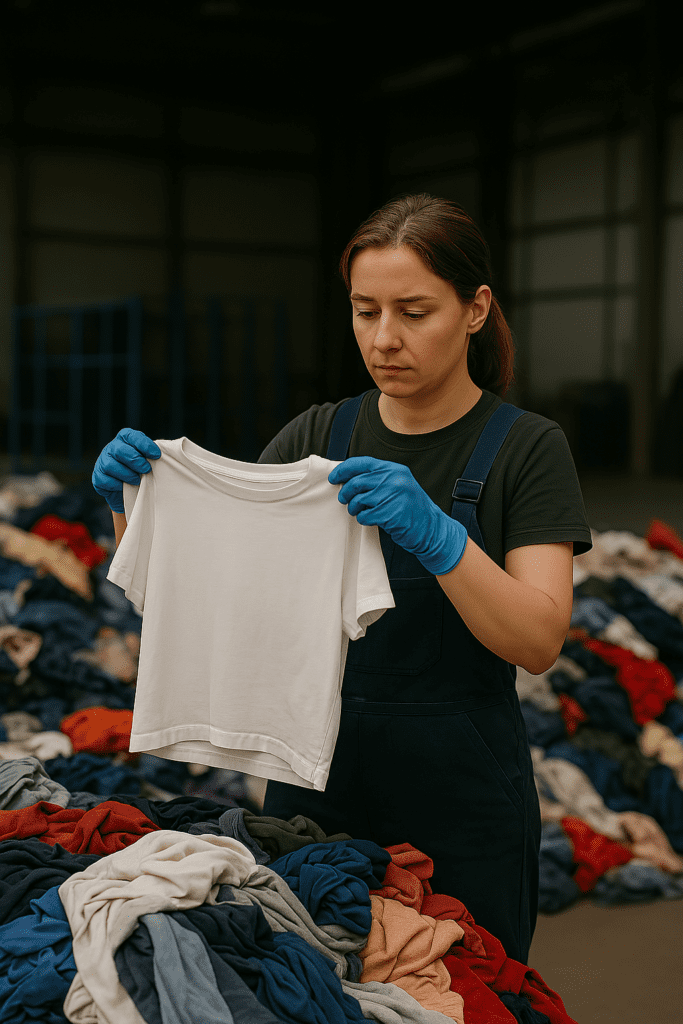
Reducing Resource Consumption
One of the significant environmental challenges associated with textile production is the use of natural resources, especially water. For instance, it takes about 2,700 liters of water to produce a single cotton t-shirt. Reusing textiles reduces the need for the production of new fibers, saving significant amounts of water, as well as the associated energy and raw material costs. Similarly, recycling textiles requires fewer resources than creating entirely new fibers from scratch. By prioritizing reuse and recycling, we are reducing the overall demand for these natural resources.
Maximizing Material Value
Our skilled personnel play a pivotal role in ensuring that materials are properly sorted. During the sorting process, textiles are inspected for their potential for reuse. Reusable textiles are separated from those that can only be recycled, ensuring that they are either repaired, refurbished, or redirected into the second-hand market. This approach maximizes the material value of each item and reduces the volume of textiles requiring full recycling processes.
Our team is trained to identify various types of fabrics and assess their condition for reuse. Items that can be repurposed into new products or sold in secondary markets contribute to the circular economy, where materials are continuously reused rather than discarded. In doing so, we keep valuable materials in circulation for as long as possible and reduce the strain on the environment from textile waste.
Minimizing the Environmental Impact
In addition to conserving resources, the reuse strategy also helps minimize the environmental impact of textile processing. By separating and preserving reusable textiles, we reduce the need for new textile production, which is energy-intensive and resource-heavy. For instance, the production of polyester, one of the most widely used synthetic fibers, accounts for 7% of the global petroleum consumption and produces large amounts of greenhouse gas emissions. By reusing textiles instead of producing new ones, we reduce the carbon footprint associated with the textile industry.
Moreover, by incorporating reused textiles into the recycling stream, we are reducing the amount of waste that ends up in landfills. The global textile waste crisis is a significant environmental concern, as textiles can take hundreds of years to decompose in landfills, often releasing harmful chemicals and microplastics into the environment. By focusing on reuse, we are reducing the amount of textile waste that requires long-term disposal solutions.
A Win-Win for the Environment and Our Bottom Line
Our commitment to reuse is not only beneficial for the environment but also contributes to the long-term sustainability of Neotex. By reducing the volume of waste, lowering the demand for raw materials, and conserving resources, we can offer cost-effective solutions for textile recycling. Furthermore, our transparent and efficient recycling processes foster trust among our partners and customers, enhancing the value we deliver in the recycling industry.
This focus on reuse is a cornerstone of Neotex’s sustainable recycling practices and reflects our broader commitment to responsible environmental stewardship. Through careful sorting and inspection, we ensure that materials are maximized for their future potential, contributing to both a greener planet and a more sustainable business model.

